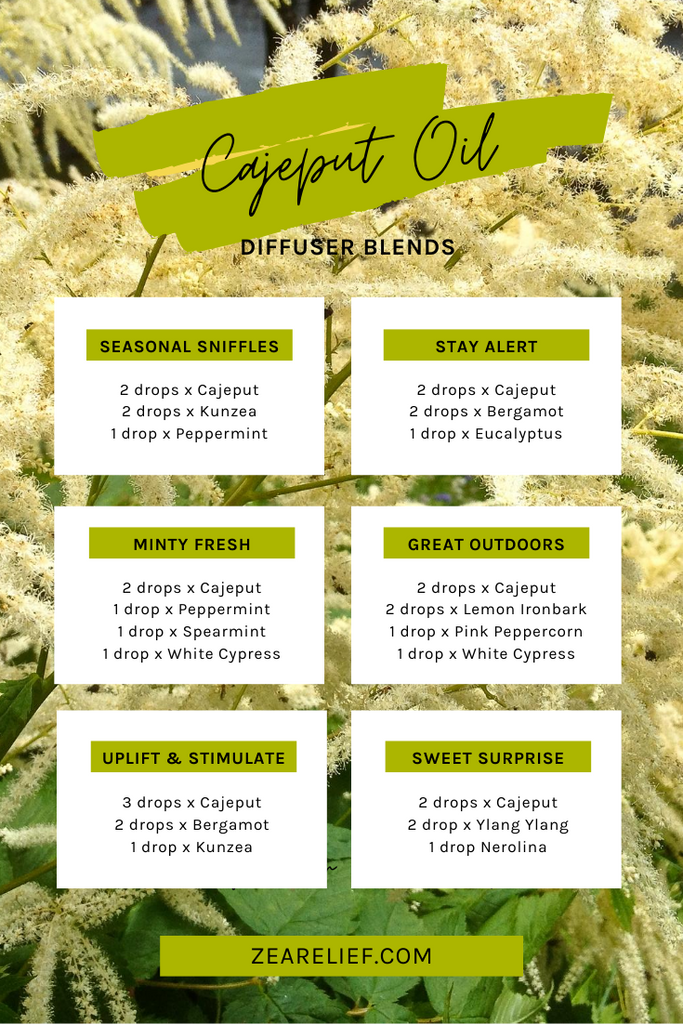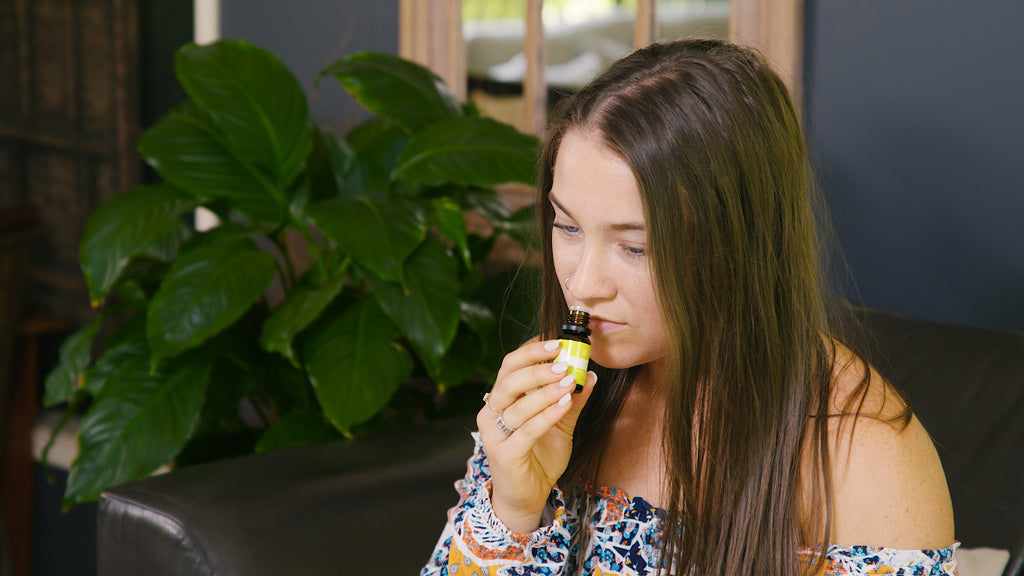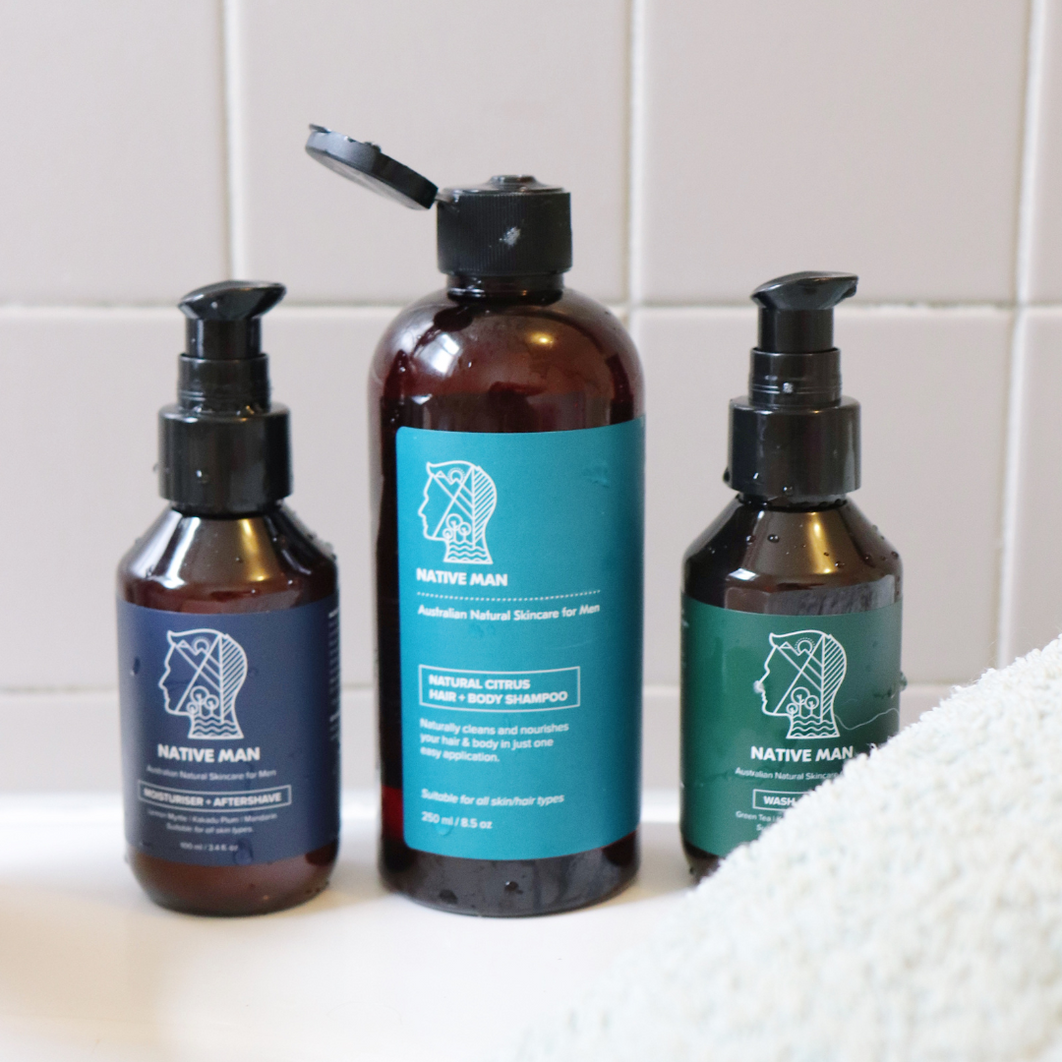The Cajeput tree, or Melaleuca cajuputi, is native to eastern Australia, Myanmar (Burma), New Guinea, the Solomon Islands, and the East Indies1. From the same genus as the Melaleuca alternifolia (Tea Tree), distilling the leaves of the Cajeput tree create an essential oil that is fresh and fruity.
Cajeput Essential Oil is refreshing and uplifting, particularly during the winter months. In this article we are going to delve into the history of Cajeput Oil and how it has been traditionally used.
About Cajeput Oil
Melaleuca. leucadendron var. cajeputi is a medium to large sized tree with small branches, thin twigs and white flowers. It grows natively throughout Australia and Southeast Asia.
Cajeput leaves were traditionally used by the First Nations people of Australia on Groote Eylandt (off the coast of Northern Territory) for its pain relieving properties. It is believed the Anindilyakwa people of the region crushed the leaves in their hands and rubbed on to the affected area7. First Nations people also used the spongy bark from the Cajeput tree to build shelters, canoes, and shields1.
The essential oil is distilled from the leaves and the trigs of the cajeput tree. It is colourless to pale yellow or greenish coloured liquid, with a fresh, camphoraceous scent2.
The oil is also particularly well known for its use in relieving respiratory congestion associated with colds and flu2.
Today, cajeput leaves are wild harvested from various locations throughout the world. At Zea Essentials, we sustainably source Cajeput Essential Oil from Madagascar.
Essential Oil Facts
Botanical Name: Melaleuca cajuputi
Common Name(s): Cajeput, White Spongy Bark, Swamp Tea Tree, River Tea Tree
Family: Myrtaceae
Extraction Method: Steam distilled from the fresh leaves and twigs
Note: Top
Strength of Aroma: Medium-Strong
Aromatic Scent: Fresh eucalypt-like aroma
Typical Chemical Composition: α-pinene (38.9%), β-pinene (1.5%), myrcene (0.5%), α-terpinene (0.2%), limonene (2.9%), 1,8 cineole (21.1%), γ-terpinene (1.0%), ρ-cymene (3.1%), terpinolene (0.8%), linalool (0.3%), terpinen-4-ol (1.9%), and α-terpineol (3.3%)6
Safety Information: Cajeput is a safe non-toxic oil, but can irritate the skin and mucous membranes so always dilute and test for a reaction before application. It is also very stimulating, so best to avoid before bed3.
Contraindications: Do not apply on the face of Infants or children7.
5 Uses Of Cajeput Oil
Cajeput is commonly cited in aromatherapy for its antibacterial, antifungal, and warming properties. As a natural remedy, it is a great alternative to Eucalyptus and Tea Tree for fighting cold and flu.
Let’s look at some of the ways Cajeput Essential Oil can be used:
1) Respiratory Congestion
Cajeput oil is a must-have during winter, and in times of seasonal changes, especially for use in an aroma diffuser. It’s chemical composition indicates it may be effective for clearing the airways2.
A combination of both traditional uses and clinical data suggest that it may be beneficial for the relief of coughs, colds and congestion. It also may assist in relieving headaches that accompany the flu3.
Diffuse 2-3 drops of Cajeput Essential Oil with other cineole-rich oils such as Eucalyptus, Fragonia, Scotch Pine, or Kunzea. You may also like to add it to our Breathe Easy Lifestyle Blend.

2) Pain Management and Cramps
For centuries, cajeput has been a popular natural remedy for managing pain. The oil contains a compound called cineole (21.1%). When applied to the skin, the cineole in cajeput can create a warming sensation and promote blood circulation, which has been found to assist in relieving pain beneath the skin. This makes it an excellent choice during the cooler months, although be sure to always dilute with a carrier oil before use.
Cajeput also contains several other compounds, like terpinen-4-ol, α-pinene and myrcene, that have all demonstrated anti-inflammatory properties4.
Due to its pain-relieving properties, cajeput oil can be useful in massage therapy, particularly for clients who have muscular aches or joint pain.
3) Energy And Concentration
If you’re looking for an alternative from the usual energy and focus oils, try cajeput oil for a change of pace - particularly if you’re experiencing any congestion.
Known for its light, fruity aroma, cajeput oil can be quite energising and, as a result, is used regularly in aromatherapy to decrease brain fog and aid concentration. A great oil to put in the diffuser for study or work, or if you’re feeling lethargic or lacking motivation.
4) Skin Irritations
Similar to Tea Tree Oil, Cajeput Essential Oil has antibacterial and antifungal properties, without the strong scent. Cajeput oil can be diluted before applying to minor scrapes, bites, or fungal conditions for relief and to reduce the chances of infections.
5) Natural Fragrance
While cajeput may share a lot of similar therapeutic properties to both eucalyptus and tea tree, it is sometimes used as a substitute for its milder and sweeter aroma10.
Cajeput Essential Oil is often used as a fragrance and freshening agent in soaps, and a great addition if you try making your own.
Blending with Cajeput
Among other essential oils, Cajeput blends beautifully with Kunzea, Lemon, Eucalyptus, Tea Tree, Cedarwood and Clove Bud. Here are a some DIY diffuser blends you may like to try using Cajeput:

The Essence of Cajeput
In Chinese Medicine, the lungs are associated with grief5. This makes Cajeput a great essential oil to support the lungs when someone has a bronchial problem following grief.
When someone is sad and feeling down leading to low energy and despondency pop a couple of drops of Cajeput in the diffuser. It’s a powerful stimulant, so it can help lift energy and invite positivity used on its own or blended with other essential oils. I find it helps renew and refresh.
As a naturopath, aromatherapist, and massage therapist, I have found Cajeput oil both helps renew the happiness and energy in grieving clients, whilst also helping physiologically with the respiratory system.
About the Author - Michelle Brass ND
With over 25 years of experience in the natural health industry, Michelle has dedicated her life to helping others embrace the therapeutic benefits of nature. Throughout her time as a health practitioner, she has used and recommended countless traditional and conventional treatments to her clients - as she believes an integrative approach to health and wellness is very important. Michelle is passionate about using and promoting essential oils and, in particular, Kunzea Oil, as she has seen them help thousands of people over the years. She knows that using essential oils in your daily life can help bring balance to the mind, body and soul. She is constantly trialling and testing new products with her loyal clients.
To learn more about Michelle, go to her full bio page.
Medical Disclaimer
All content by Australian Kunzea Pty Ltd, including, text, images, audio, or other formats, were created for informational purposes only. The content is not intended to be a substitute for professional medical advice, diagnosis, or treatment. To read our full medical disclaimer, click here.
References
- Thermo Scientific. Melaleuca, Cajeput http://phadia.com/en/Allergen-information/ImmunoCAP-Allergens/Tree-Pollens/Allergens/Melaleuca-Cajeput-tree. Accessed May 11, 2020.
- Battaglia S. The Complete Guide To Aromatherapy. 3rd ed. Black Pepper Creative Pty Ltd; 2018.
- Davis P. Aromatherapy An A-Z: The most comprehensive guide to aromatherapy ever published. Vermilion - Mass Market; 2005.
-
Kim, J & Liu, K, et al. Essential Leaf Oils from Melaleuca cajuputi; 2005.
- Cheng, X.-n., Deng, L., & Cheng, Y. (Eds.). Chinese Acupuncture And Moxibustion. Beijing: Foreign Languages Press; 1987
- Williams, L. The composition and bactericidal activity of the oil Melaleuca alternifolia. The International Journal of Aromatherapy, 1989.
- Tisserand R, Young R, Essential oil safety. 2nd edn Churchill Livingstone, Edinburgh, 2014
- Lassak EV McCarthy T. Australian medicinal plants. Methuen Australia, North Ryde, 1983.
- Chisholm, Hugh, ed. . "Cajuput Oil". Encyclopædia Britannica (11th ed.). Cambridge University Press; 1911.
- Arctander S. Perfume and flavour materials of natural origin. Allured Publishing, Carol Stream; 1994.





